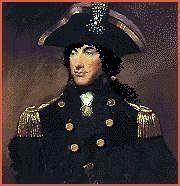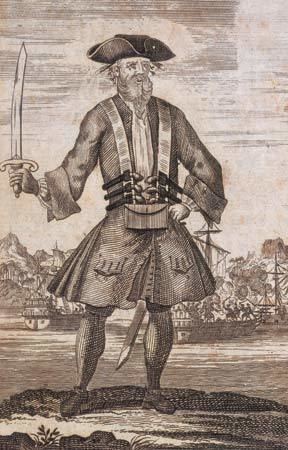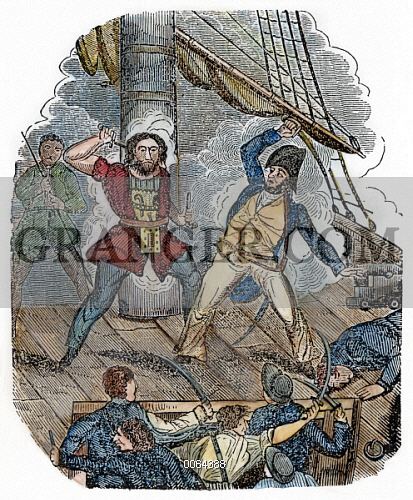Name Robert Maynard | ||
 | ||
Robert maynard lifelock movie
Robert Maynard (c. 19 September 1684 – 4 January 1751) was a lieutenant and later captain in the Royal Navy. He served as first lieutenant of HMS Pearl, most famous for his part in the defeat of the notorious English pirate Blackbeard in battle. Robert Maynard was made a lieutenant on 14 January 1707. From 1709 he was third lieutenant on HMS Bedford. He became first lieutenant of HMS Pearl in 1716. He was promoted to commander in 1739, and to captain in 1740.
Contents
- Robert maynard lifelock movie
- Robert maynard oakland tribune
- Naval commands and battles
- Legacy
- References

Robert maynard oakland tribune
Naval commands and battles

Maynard was born in Kent, England circa 1684. Governor Alexander Spotswood of the Colony of Virginia gave Maynard the command of two sloops, Ranger and Jane.

They departed the docks of Hampton, Virginia on 19 November 1718. Maynard caught up with Blackbeard at Ocracoke Inlet off the coast of North Carolina on 22 November 1718. Most of Blackbeard's men were ashore and Maynard outgunned and outnumbered the pirates 3 to 1. However Maynard's ship had no cannons and only small arms, while Blackbeard's had up to eight cannons. Maynard, however, hid most of his men below deck. Initially Blackbeard had his ship go to shallower water. Maynard's heavier ship hit a sandbar and was stuck. Blackbeard then manoeuvred his ship to fire a broadside at Maynard's ship. Meanwhile Maynard, who was on the sloop Jane, ordered everything not essential to combat to be thrown overboard to make the ship lighter, and eventually freed the ship. Blackbeard's ship fired at least two more broadsides on Maynard's, killing several of Maynard's men. After the last attack, it appeared to the attackers that only Maynard and another crew member were left alive and Blackbeard and some of his men boarded Maynard's ship. He was then ambushed by a force much larger than he had expected; Maynard had told his surviving soldiers to hide below deck only to come out and attack at a given signal. During the battle, Maynard and Blackbeard ended up in hand-to-hand combat. Both pointed pistols at each other. Maynard shot his adversary at point-blank range, while Blackbeard missed. However the shot failed to stop his opponent. Blackbeard pressed on, breaking Maynard's sword. Finally, another sailor jumped on Blackbeard's back and inflicted a deep wound. Maynard was then able to kill Blackbeard.

Maynard later examined Teach's body, noting that it had been shot no fewer than five times and cut about twenty. He also found several items of correspondence, including a letter to Teach from Tobias Knight, the Royal Secretary for North Carolina. Blackbeard was beheaded and his head was tied to the bowsprit of his ship for the trip back to Virginia. Upon returning to his home port of Hampton, the head was placed on a stake near the mouth of the Hampton River as a warning to other pirates.
Legacy

Maynard's final resting place is in the churchyard of Great Mongeham in Kent, southeast England, near the cinque port of Deal. He left an estate in excess of £2000.

Maynard's success is still celebrated by his successor – the crew of the current HMS Ranger – who commemorate Blackbeard's defeat at the annual Sussex University Royal Naval Unit Blackbeard Night mess dinner every year, at a date as close as possible to 22 November.
The City of Hampton, Virginia also celebrates its historic ties to Maynard by recreating the final sea battle on Tall Ships in the Hampton Harbor during the city's annual Blackbeard Festival in June.
